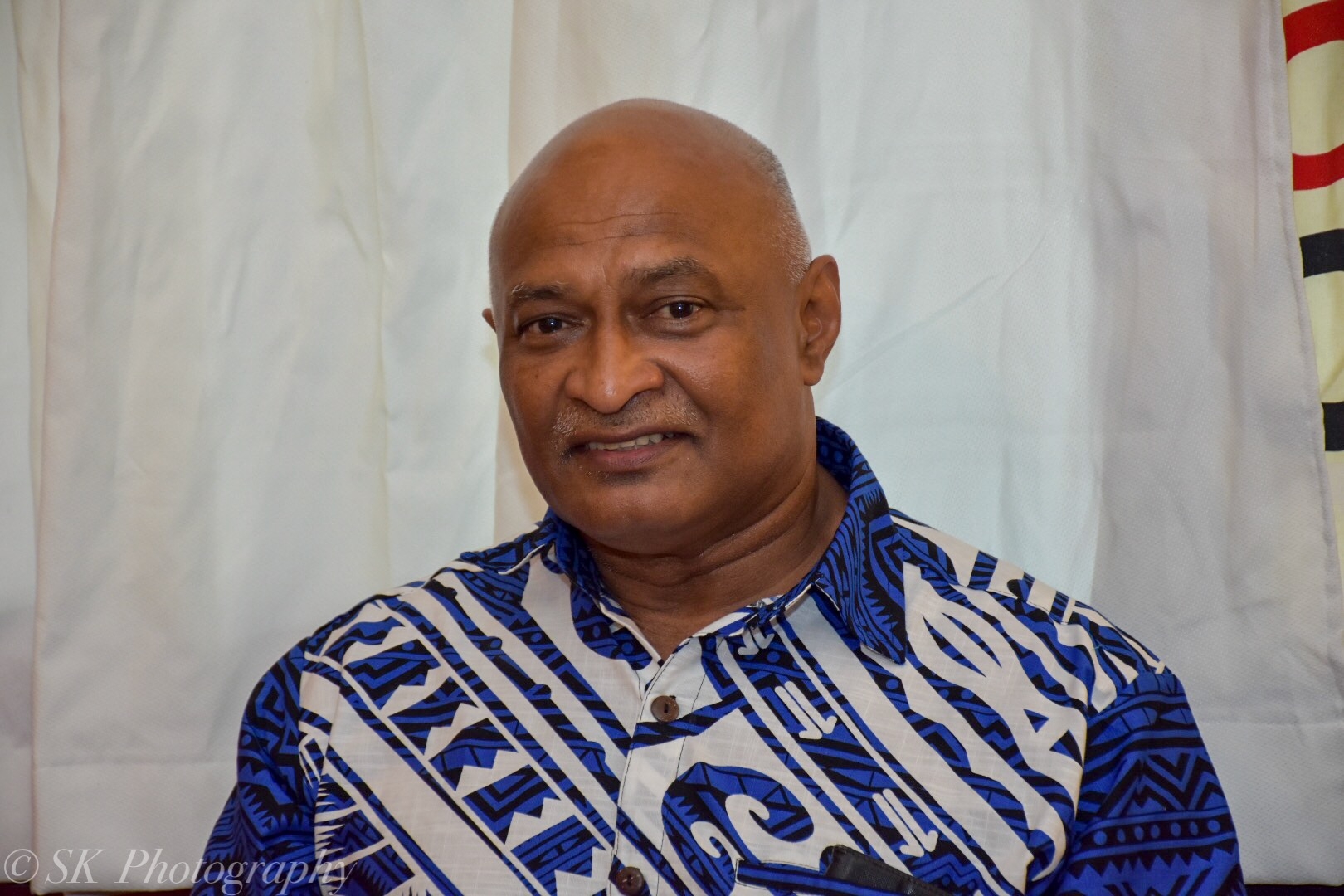Competition is heating up in Fiji’s satellite broadband internet space with two of the world’s major Low Earth Orbit (LEO) service providers soon to hit the Fiji market.
It is understood Starlink peer One Web will be partnering with the Fiji International Telecommunications (FINTEL) to provide services in the Fiji market.
Eutelsat-owned OneWeb is backed by Indian multinational company Bharti Global and is the world’s first LEO and GEO (geostationary satellite) operator, with interest expressed now to provide service in Fiji and the Pacific region.
“Local carriers now have options, offering voice and Internet. Currently, most, if not all, are partnering with Kacific (https://kacific.com/) for similar service provisioning in remote, maritime areas,” FINTEL chief executive officer George Samisoni said.
“One Web will be the third satellite option, though specifically in the enterprise market. Amazon’s Kuiper is another option in the market, to provide fast, affordable broadband to communities that are currently unserved or underserved by traditional internet and communications options,” Mr Samisoni said.
While the wholesale international telecommunications market is no longer exclusively licensed to FINTEL, the company remains the gateway service provider for most providers coming into Fiji.
Starlink already has an agreement with FINTEL, signed early this year, for the management of its Internet gateway in FINTEL’s facility in Vatuwaqa.
In April, FINTEL signed a similar deal with One Web.
“As the Telecommunication Hub of the Pacific and the global access via the Southern Cross Cable Networks (Southern Cross Now & Southern Cross Next), Fintel provides the international subsea cable medium for Starlink to interconnect with its international gateways.
“FINTEL manages (operation & maintenance) the Starlink gateway in Fiji, while it is remotely controlled from the US,” Mr Samisoni said.
“To deliver internet connectivity to its users, Starlink relies on ground stations or gateways. Gateways act as an interlink between user’s dish and the satellites (low earth’s orbit).
“Consequently, the dish will connect to the nearest satellite, which in turn sends that signal to the closest gateway.
“The ground station is required to interconnect and work with other Starlink ground stations (Aus, NZ, USA etc) and their control centre, via a subsea cable (eg SCCN) medium.
“This is apart from the Internet service (trunk/pipe) which the subsea cable systems can provide at larger capacities (Giga/Terabits) when compared to satellite,” Mr Samisoni said.
He said Starlink has over 100 gateways in operation globally.
“In the Oceania region, Australia has more than 10, NZ has more than five and currently, one in Fiji.”



